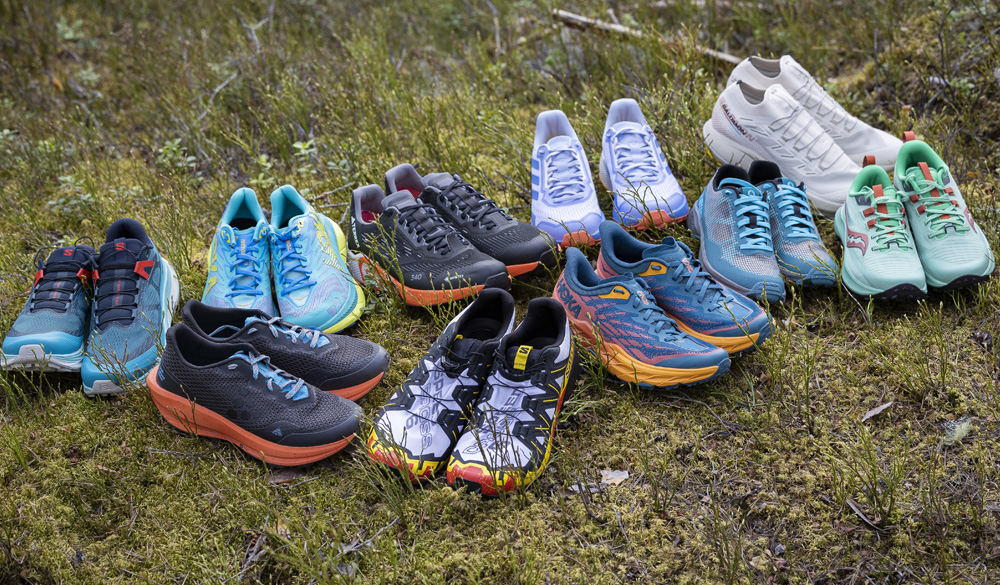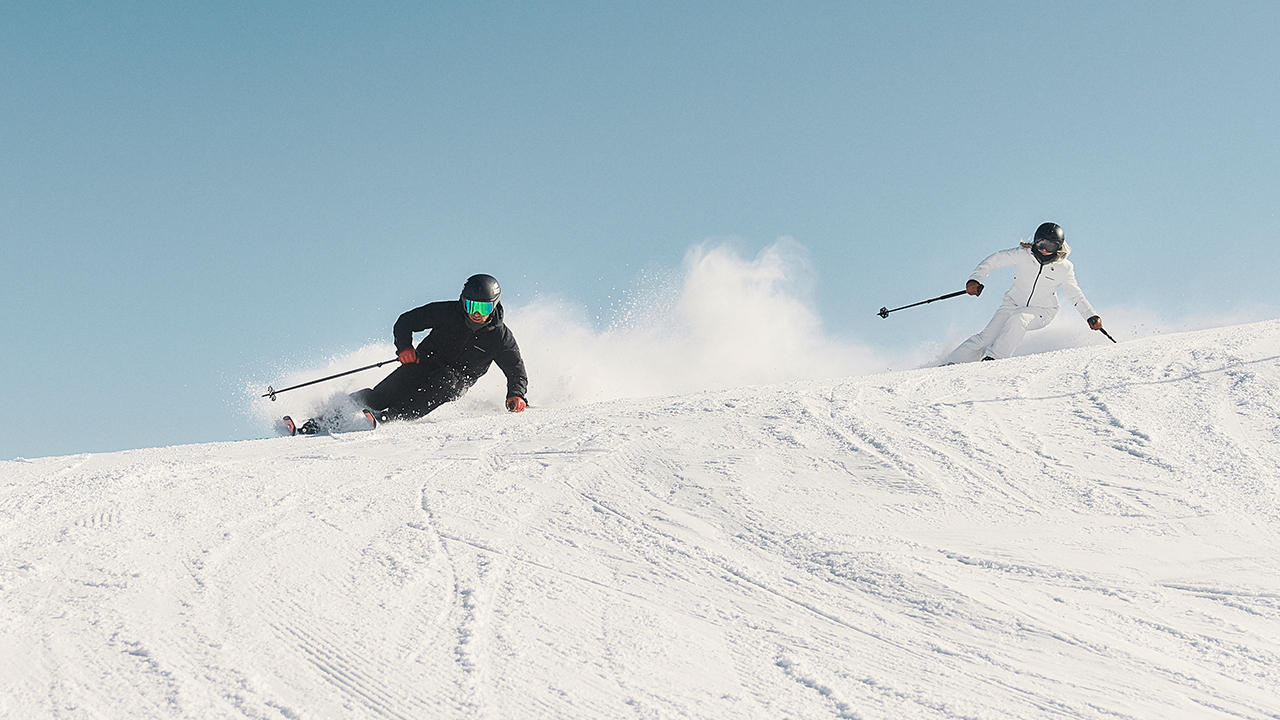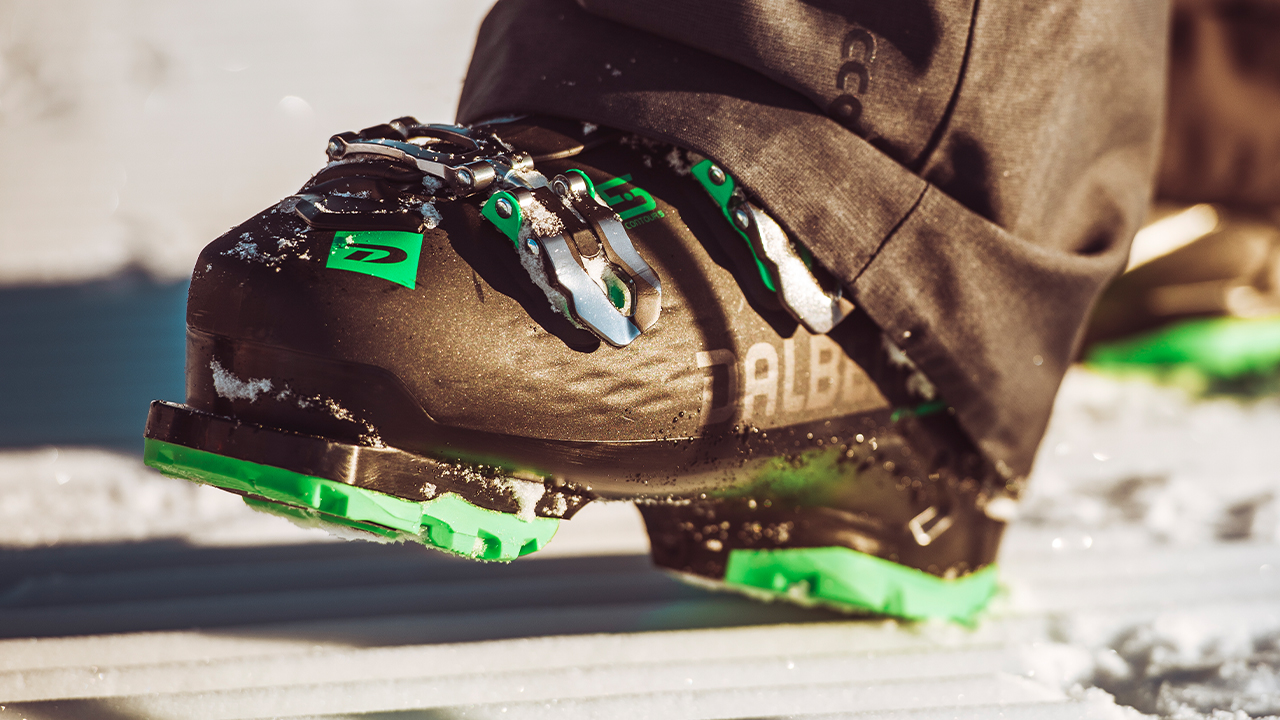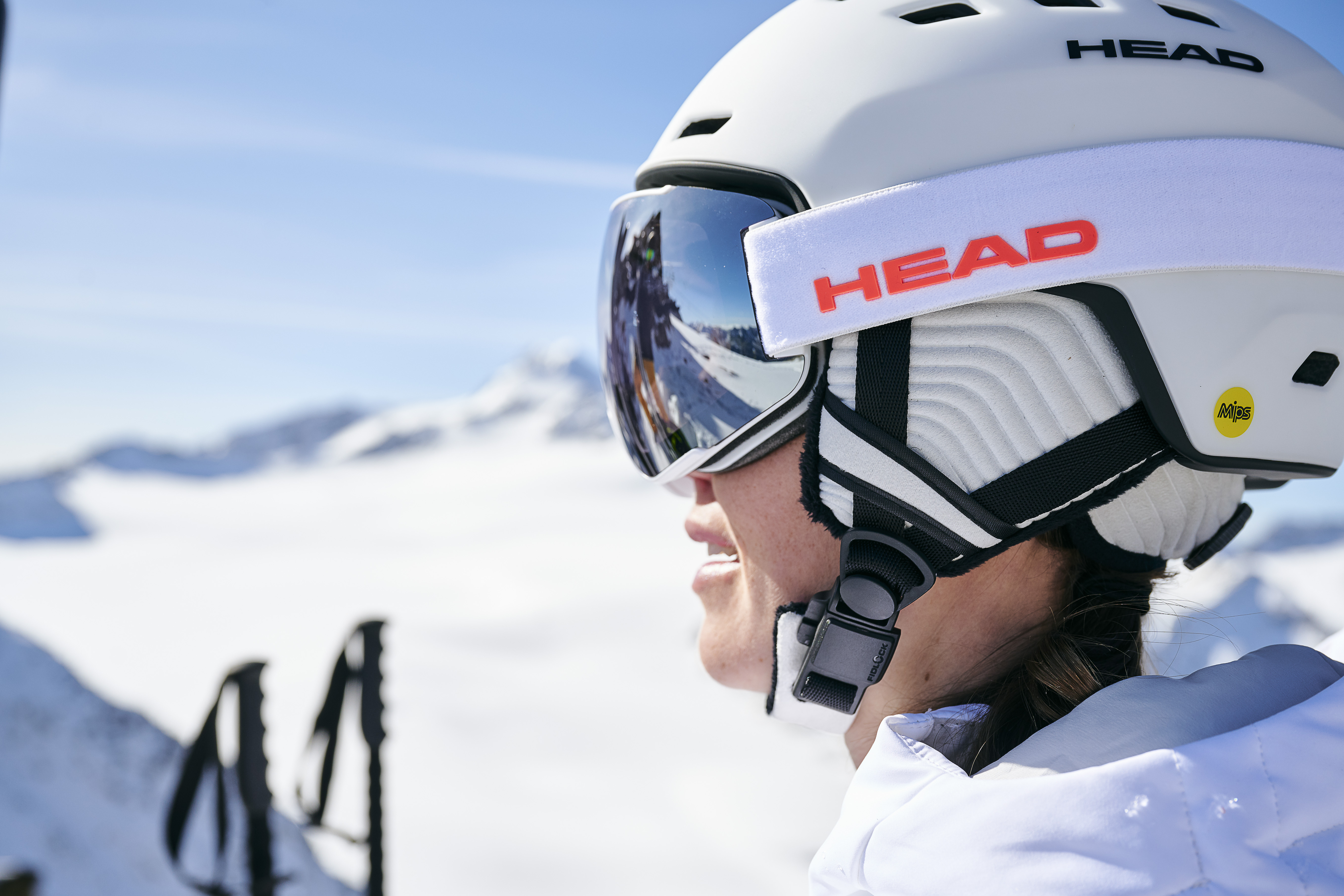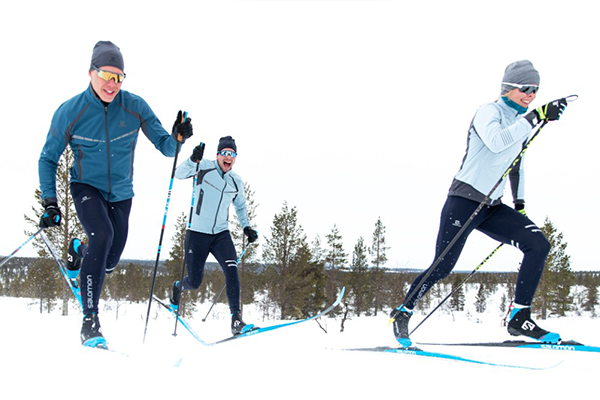Goggles should be part of any skier or snowboarder’s equipment. Not only do they protect your face from ice-cold winds, they also make you look good. When you buy goggles there are few things to bear in mind, such as: frame, lens, fit for the helmet and price bracket.
Frame
When choosing the frame, select goggles that fit the shape of your face and also fit your helmet. You should be able to breathe freely while they sit snugly against your face without any gaps. See how the top edge lines up with the edge of the helmet. Do they join on your forehead or will they leave you with a “goggle tan?” If the answer’s the latter, you’d better look elsewhere. To deter fogging, all goggles have some form of ventilation around the frame.
If you wear glasses, you’ll need to look at OTG (Over The Glasses) models. They have extra room for the arms and are designed for your glasses to fit underneath.
Lens
Ski goggles can be divided into two categories. Cylindrical lens and spherical lens. The difference between them is the lens’ material and optics. Models with a cylindrical lens generally have a slightly lower price as they are cheaper to produce and in many cases made with simpler materials. If you choose a spherical lens you’ll get less optical distortion and better quality materials e.g. they won't crack on impact in very low temperatures.
When choosing the colour of the lens, bear in mind the current weather and light. If a day is cloudy, foggy or changeable you should have a contrast-enhancing lens with high VLT (visible light transmission). Basic colours such as clear, yellow, orange and pink are good choices.
For sunny days, a lens with low VLT and base colours in brown, orange or grey are best. Most lenses also provide protection against the sun’s UV rays.
Mirrored or non-mirrored? Undeniably stylish but not a must. The mirrored lens is useful in bright sunlight as it reflects light away and lowers the VLT. It can also help to adjust the contrast enhancement.
Many goggles today have interchangeable lenses, which means you can have different lenses for different light conditions. If you’d prefer one pair of goggles that you can use in most conditions, we recommend an orange lens.
To preserve the life of your lens you should never place it directly on a hard surface and avoid using gloves to remove moisture – keep a cloth in your jacket pocket so you’re always prepared. Most lenses are anti-fog treated on the inside which lasts longer if you let the lens air dry.
